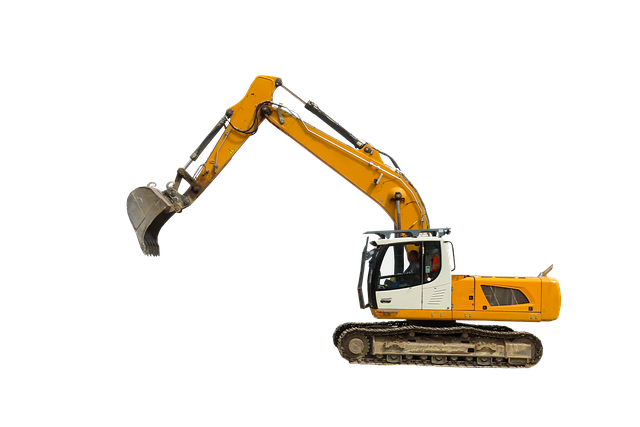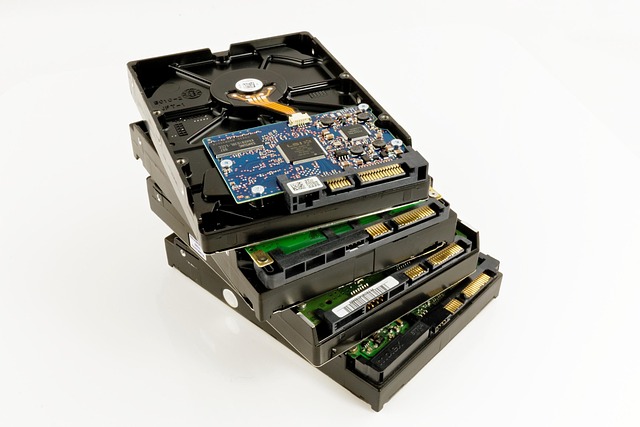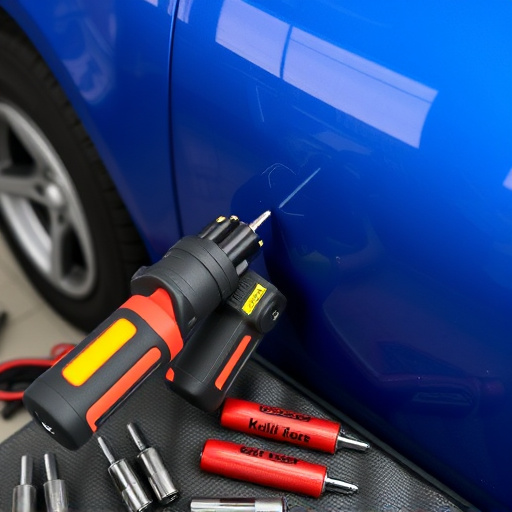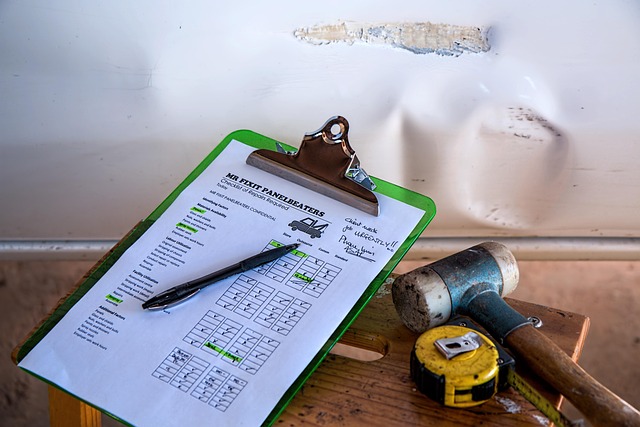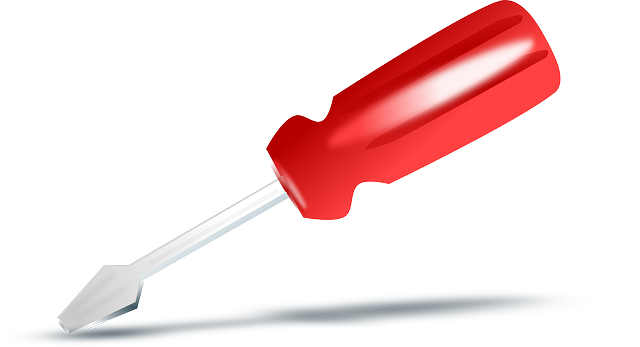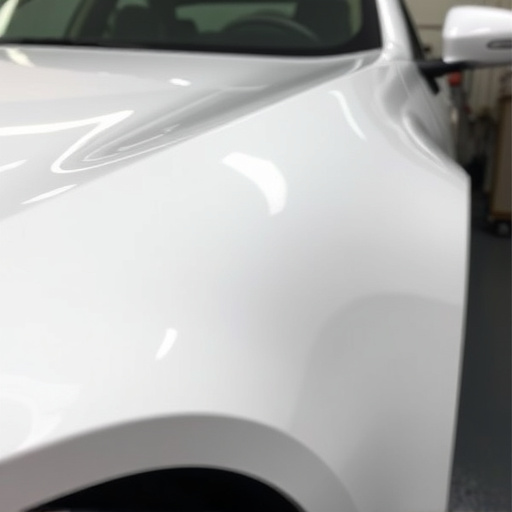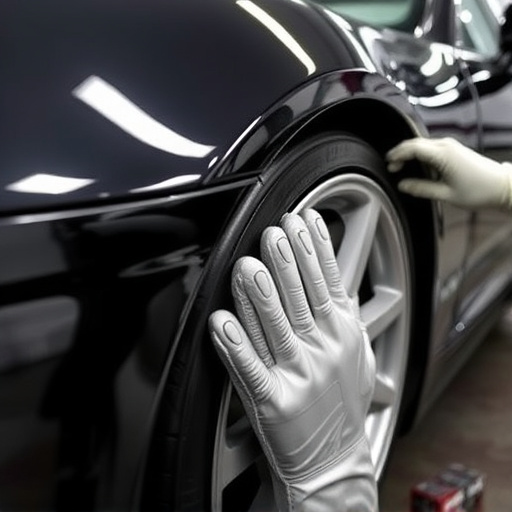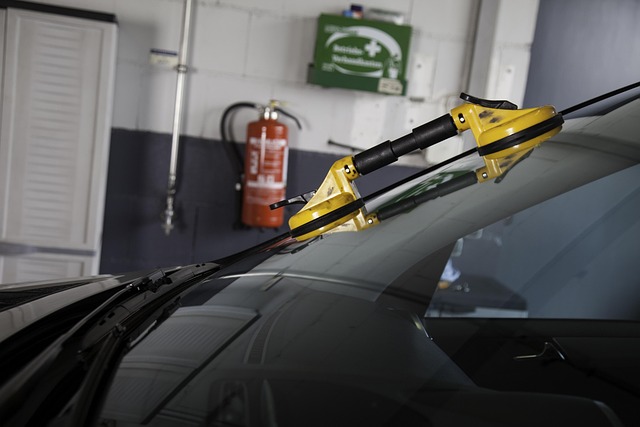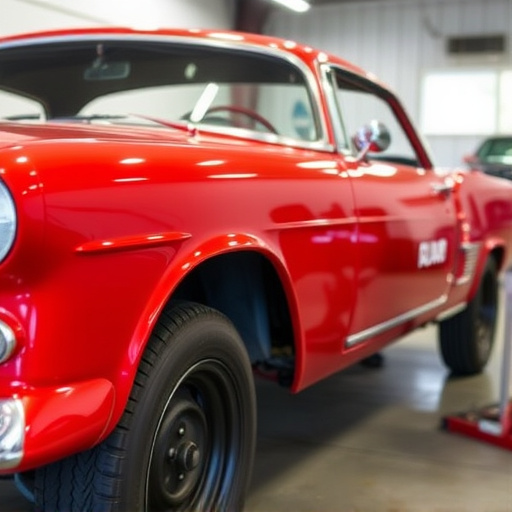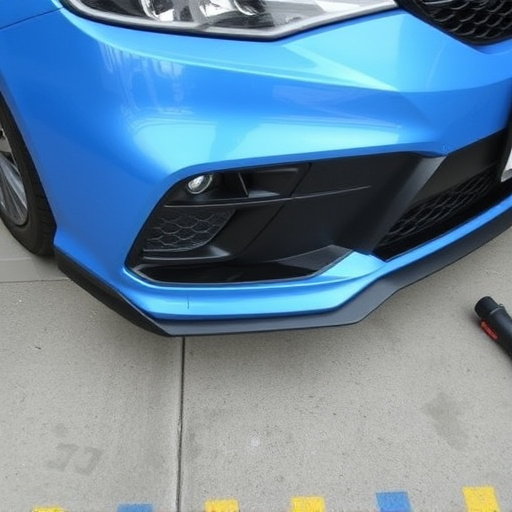A meticulous assessment using advanced techniques is crucial for successful vehicle body repair, identifying hidden damage, and ensuring structural integrity. This process guides planning which includes sourcing parts, arranging tools, sequencing repairs, and optional add-ons like tire replacements and auto detailing. Skilled technicians execute the plan with precision, achieving a seamless fit, flawless finish, and exceeding customer expectations while meeting industry standards.
The process of effective vehicle body repair involves a meticulous series of steps, from initial assessment to final finishing touches. It begins with carefully evaluating the extent of damage and planning the repair strategy. This includes identifying the affected areas and creating a comprehensive plan. Subsequent stages involve safe demolition, meticulous preparation, and precise panel replacement, ensuring structural integrity.
The heart of the process lies in meticulous surface preparation, priming, and painting, followed by rigorous quality assurance checks. These steps guarantee not just visual appeal but also long-lasting durability, restoring the vehicle to its pre-accident condition.
- Assessing the Damage and Planning the Repair
- – Identifying the extent of vehicle body damage
- – Creating a detailed repair plan
Assessing the Damage and Planning the Repair

The initial step in any successful vehicle body repair is a meticulous assessment of the damage. This involves thoroughly inspecting the affected area for cracks, dents, and other impairments. It’s crucial to identify not just visible issues but also potential hidden damage that might require further investigation. Techniques like metal detection or X-ray imaging can be employed to ensure every detail is accounted for, especially in complex cases where structural integrity is a concern.
Once the damage is accurately assessed, planning the repair process begins. This phase involves creating a detailed plan tailored to the specific needs of the vehicle. It encompasses deciding on replacement parts, gathering necessary tools and materials, and sequencing the repair steps. Incorporating services like tire replacements or auto detailing into the plan can also be decisive, as these aspects contribute significantly to the overall restoration and safety of the vehicle.
– Identifying the extent of vehicle body damage
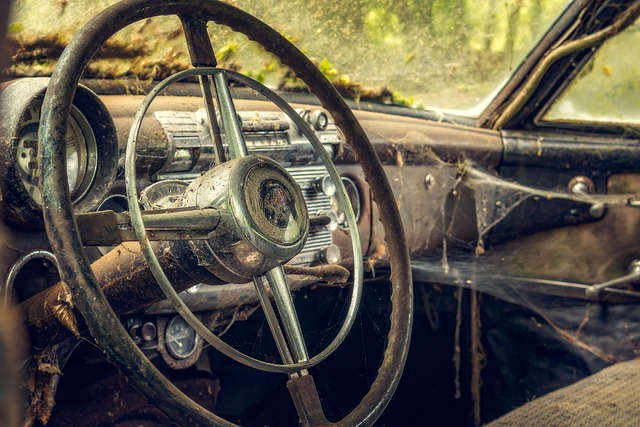
Before diving into any vehicle body repair process, it’s crucial to assess and identify the extent of damage. This initial step is a critical part of any collision repair procedure. Inspecting the vehicle closely, both visually and using specialized tools, helps determine the severity and type of repairs needed. Look for dents, cracks, or missing parts resulting from a vehicle collision or other incidents.
In a collision center, trained technicians will often employ digital imaging or 3D scanning to capture detailed measurements and ensure precise repairs. This meticulous evaluation is essential in creating an accurate plan, estimating costs, and setting realistic timelines for the vehicle body repair process. Effective identification of damage paves the way for efficient and reliable restoration of the vehicle’s pre-incident condition.
– Creating a detailed repair plan

Before starting any vehicle body repair, it’s crucial to create a detailed repair plan. This involves assessing the damage meticulously and identifying all affected components. A comprehensive plan includes taking precise measurements, creating digital renderings, and sourcing the necessary parts, ensuring compatibility and quality. It also entails considering the customer’s preferences, budget, and timeline for completion.
The repair process requires skilled technicians who can interpret the plan accurately. Each step, from disassembling damaged panels to replacing them with new or refurbished ones, needs meticulous attention to detail. Using advanced tools and techniques, auto collision centers or auto body shops expertly handle car body restoration, ensuring a seamless fit and flawless finish that meets industry standards and customer expectations.
Effective vehicle body repair involves meticulous planning and precise execution. By thoroughly assessing the damage, creating a comprehensive repair plan, and adhering to industry standards, professionals can restore vehicles to their pre-accident condition. This process ensures not only aesthetic improvements but also structural integrity, making it crucial for both personal and commercial vehicle owners. Vehicle body repair, when executed properly, can be a game-changer in getting your ride back on the road safely and reliably.
